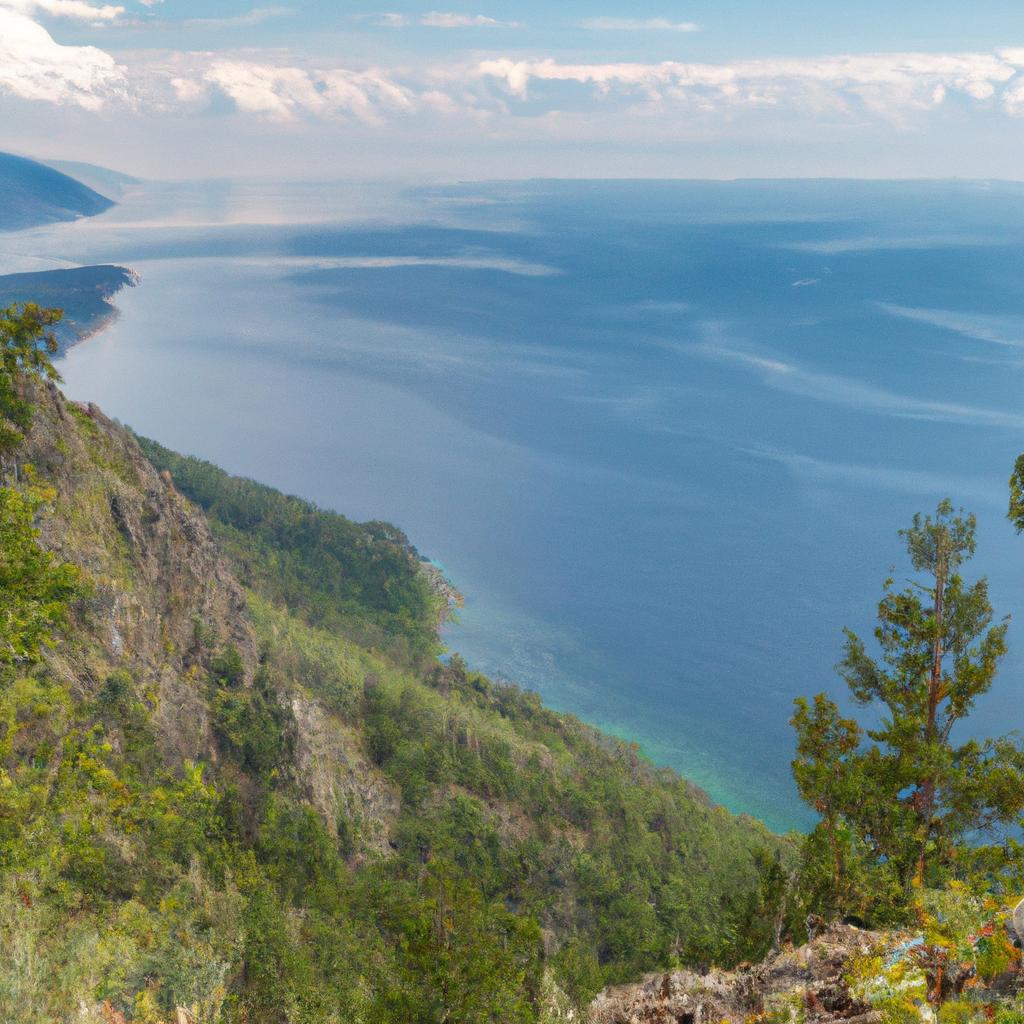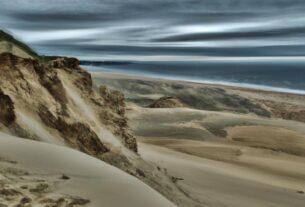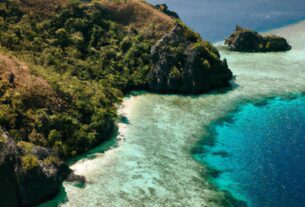Few places can rival the magnificence of Lake Baikal in Russia when it comes to natural wonders. Situated in the southern part of Siberia, Lake Baikal holds the title of being the world’s deepest and oldest lake. Its extraordinary ecosystem has earned it a prestigious spot on UNESCO’s World Heritage List. With its striking landscapes and crystal-clear waters, Lake Baikal has become a sought-after destination for both nature enthusiasts and tourists alike. In this article, we will delve into the geography, biodiversity, culture, research, and tourism of this remarkable wonder, Lake Baikal, Russia.
Location and Geographical Features
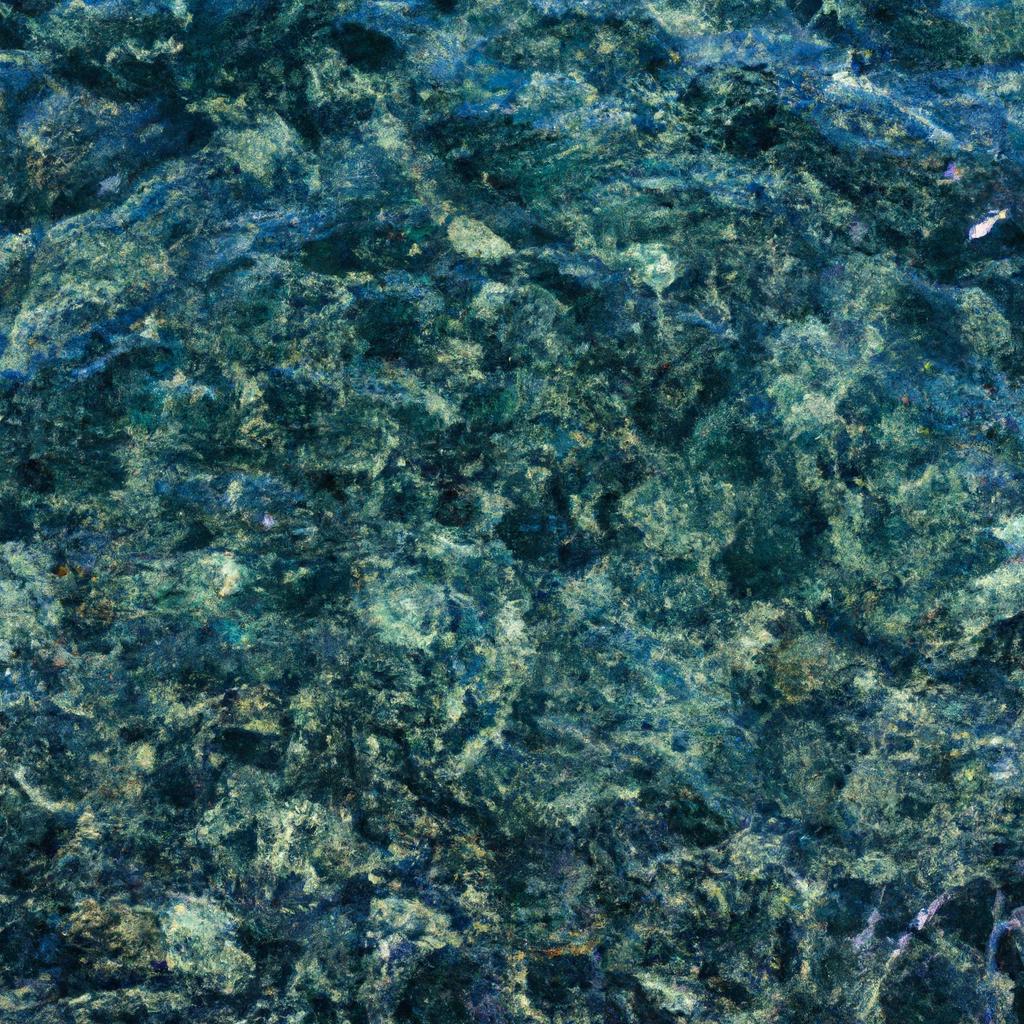
Lake Baikal is nestled in the southern part of Siberia, between the Irkutsk Oblast and the Buryat Republic. Spanning an area of approximately 31,722 km², it boasts a maximum depth of 1,642 meters, making it the world’s largest freshwater lake by volume. Astoundingly, Lake Baikal holds around 20% of the world’s unfrozen freshwater. With water visibility reaching up to 40 meters, it is renowned for its unparalleled clarity.
The lake is encircled by majestic mountains, including the Baikal Mountains to the north and the Khamar-Daban Mountains to the south. Stretching over 2,100 km, Lake Baikal’s shoreline is adorned with picturesque bays, capes, and islands. With several rivers such as the Selenga, Barguzin, and Upper Angara flowing into it, the lake receives a constant influx of fresh water and nutrients. This creates a truly unique ecosystem that supports a diverse range of flora and fauna.
Lake Baikal is home to over 3,600 species of plants and animals, with more than 60% of them being indigenous to the lake. Its depths shelter more than 50 species of fish, including the famous omul fish, a cherished local delicacy. Additionally, Lake Baikal is the exclusive habitat of the Baikal seal, the only freshwater seal species worldwide.
To safeguard its incredible biodiversity, Lake Baikal faces various threats such as pollution, climate change, and overfishing. Recognizing its significance, the Russian government and local organizations have implemented conservation measures to protect the lake. In 1996, Lake Baikal was declared a UNESCO World Heritage Site, solidifying its global worth. The government has also established regulations to curtail fishing and industrial activities. These concerted efforts have yielded positive outcomes, with endangered species exhibiting population recoveries.
Biodiversity and Conservation
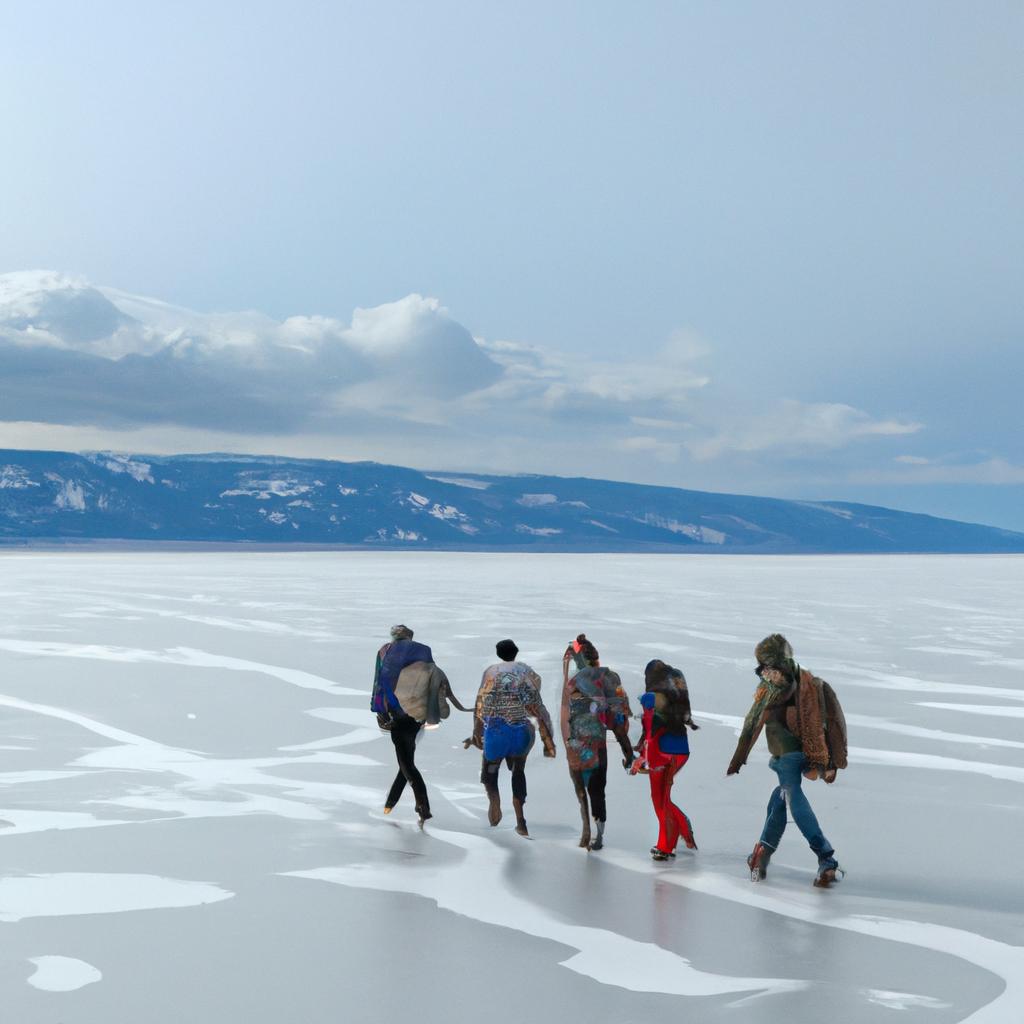
Lake Baikal’s unique ecosystem not only harbors a diverse range of species but also plays a vital role in the Earth’s overall ecosystem. Boasting remarkably pure water with a pH level of 8.2, Lake Baikal serves as a crucial water source for the region. Moreover, it functions as a carbon sink, absorbing approximately 20% of the Earth’s freshwater lakes’ carbon dioxide emissions.
However, Lake Baikal’s ecosystem faces an array of challenges, including pollution, climate change, and overfishing. Industrial activities and agricultural runoff are key contributors to pollution, resulting in the eutrophication of the lake and the decline of species like the endemic Baikal sponge. Rising temperatures due to climate change also pose a threat, causing permafrost melts and the release of methane gas, further exacerbating climate change.
In order to safeguard the lake’s delicate ecosystem, the Russian government and various local organizations have implemented conservation initiatives. Laws have been enacted to regulate fishing and industrial activities around the lake, while extensive educational efforts aim to raise public awareness about Lake Baikal’s preservation. Local communities have also contributed by promoting sustainable tourism and responsible fishing practices.
Culture and Tourism
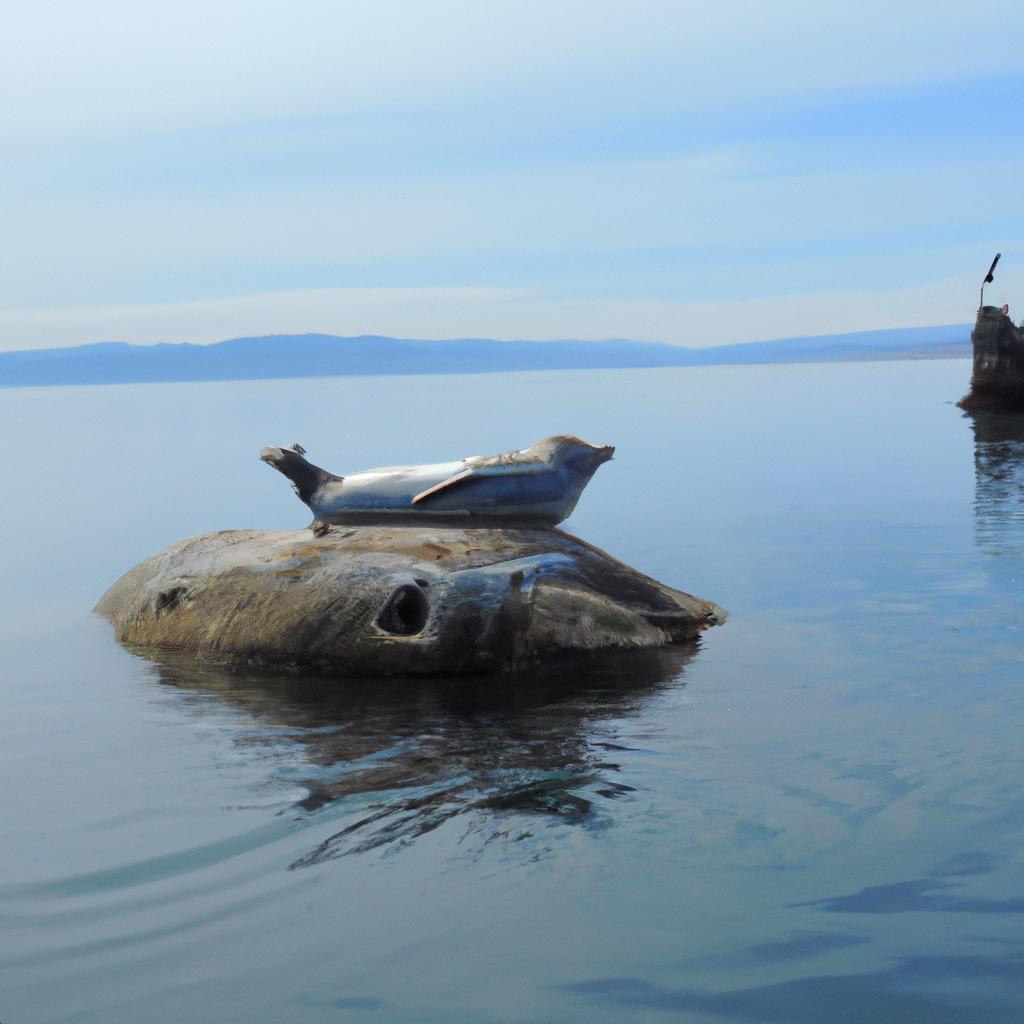
Lake Baikal holds immense cultural significance, particularly for the local communities, most notably the Buryat people, who have inhabited the lake’s vicinity for centuries. Regarded as a sacred site, Lake Baikal is deeply intertwined with their spiritual beliefs, believed to house spirits and possess healing properties.
Beyond its cultural importance, Lake Baikal’s breathtaking landscapes and unspoiled ecosystem allure countless visitors, making it a renowned tourist destination. The lake offers a plethora of activities, including hiking, skiing, ice-skating, and fishing. During the summer, boat tours grant visitors the opportunity to explore the lake’s shores and islands. In winter, the frozen lake presents a unique experience, allowing visitors to walk on its surface and partake in ice-fishing.
The lake’s tourism industry has played a crucial role in promoting conservation efforts. Sustainable tourism practices have been adopted to ensure that the lake’s ecosystem remains unharmed. Visitors are encouraged to practice responsible tourism, employing eco-friendly products and disposing of waste properly. By embracing sustainable tourism, Lake Baikal can continue to thrive as a popular tourist destination while preserving its extraordinary ecosystem.
Research and Scientific Discoveries
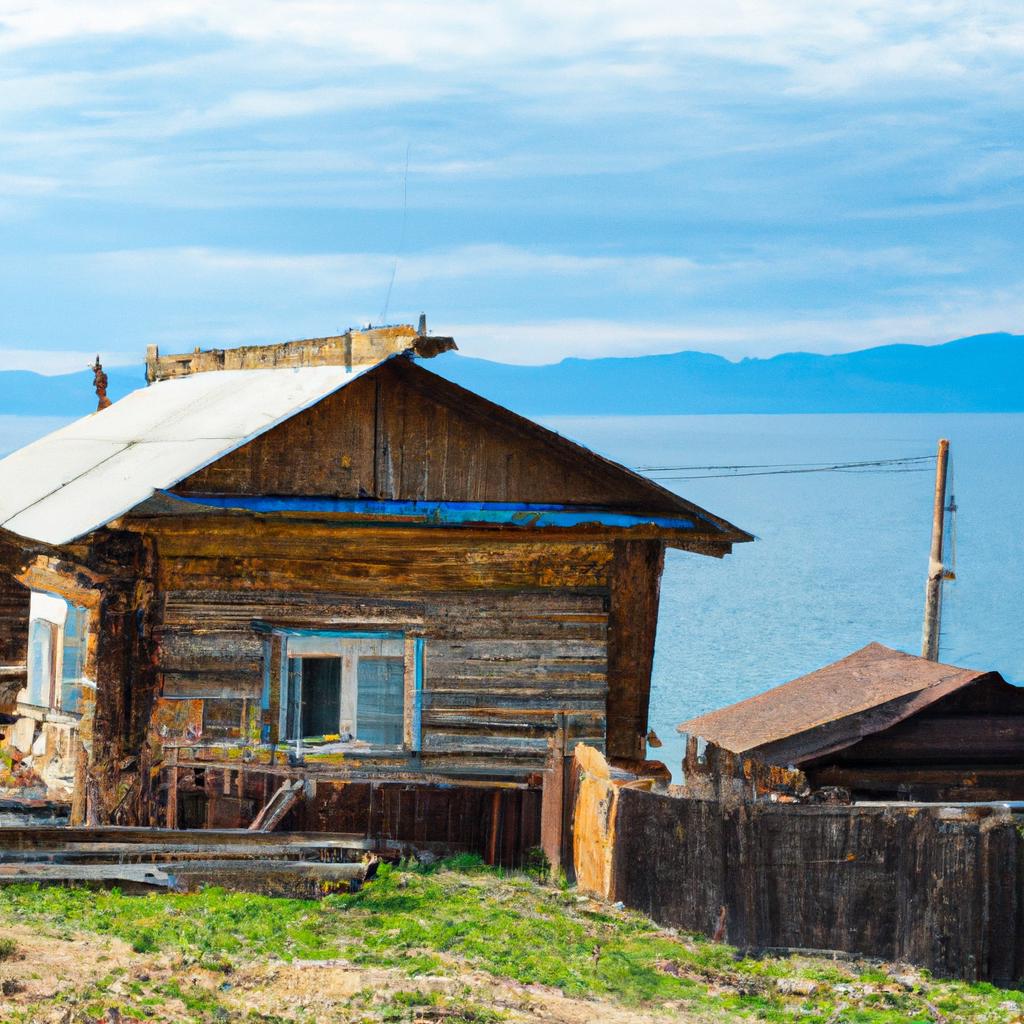
Lake Baikal is not only an awe-inspiring natural wonder but also a scientific marvel. Its unique ecosystem has attracted scientists from across the globe, who conduct research to unravel its geological, biological, and chemical mysteries. The lake’s deep and translucent waters provide an ideal environment for scientific studies, particularly in the field of limnology, the study of inland waters.
Countless research projects have been conducted at Lake Baikal, spanning from microbial studies to investigations into the lake’s impact on the region’s climate. One significant discovery has been the identification of methane gas produced by bacteria at the lake’s bottom. This revelation has sparked further research on methane’s role in the Earth’s carbon cycle and its impact on global warming.
Another groundbreaking finding is the existence of ancient microbial life preserved in the lake’s sediments. Scientists have uncovered microbial fossils dating back over 2.5 billion years to the Precambrian era. This discovery has stimulated further exploration into the evolution of life on Earth and the possibility of extraterrestrial life.
Conclusion
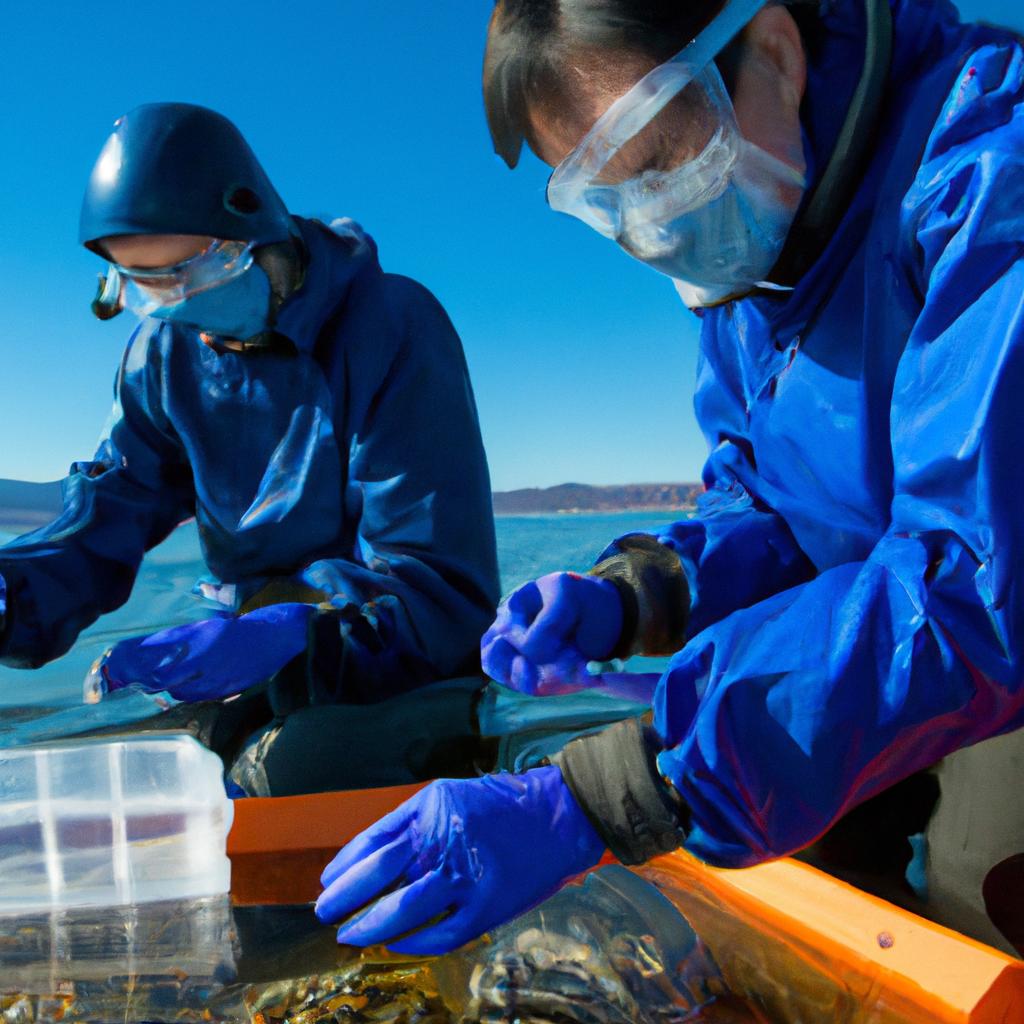
In conclusion, Lake Baikal in Russia rightfully earns its place on UNESCO’s World Heritage List as a natural marvel. Its stunning landscapes, crystal-clear waters, and exceptional biodiversity make it an irresistible destination for both nature enthusiasts and tourists. Moreover, its vital role in scientific research has led to numerous discoveries that contribute to our understanding of the Earth’s past and future.
For those planning to visit Lake Baikal, we highly recommend joining a guided tour to delve deeper into the lake’s history, culture, and conservation efforts. Additionally, visitors should adhere to the lake’s conservation regulations and avoid any activities that may harm the fragile ecosystem.
At TooLacks, we are committed to promoting responsible tourism and conservation efforts to protect extraordinary natural wonders like Lake Baikal for generations to come.
Read more about TooLacks here.
